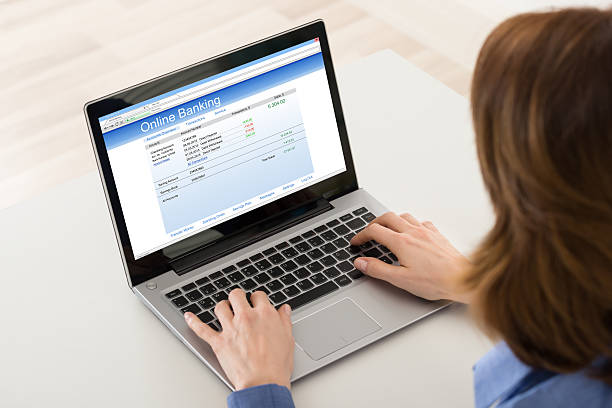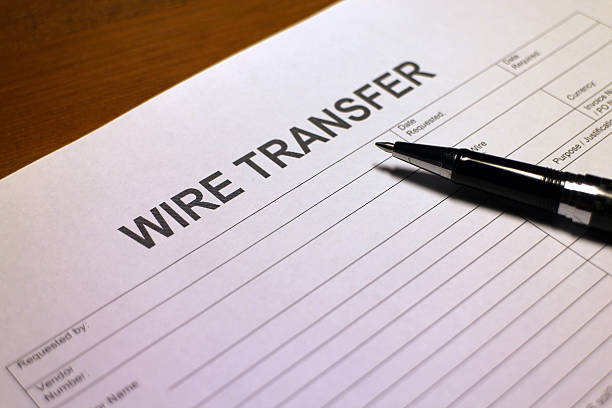The Bank Identifier Code (BIC), also commonly referred to as a SWIFT code, stands as an essential element in international banking. This alphanumeric code is used to uniquely identify financial institutions worldwide. Think of it as a universal postal code for banks that ensures the precise routing of funds across international networks.
The Role and Importance of BIC Codes
BIC codes play a pivotal role in global finance, serving several critical functions:
Identification: Much like a fingerprint, a BIC code provides a distinctive identifier for a specific bank or financial institution. It guarantees that funds are directed to the correct destination, preventing misdirected transactions.
Security: BIC codes enhance the security of international financial transactions. They authenticate the legitimacy of the recipient bank, reducing the likelihood of fraudulent activities.
Standardization: BIC codes adhere to international banking standards, simplifying the process of international transfers. This consistency streamlines the global financial system, making it more accessible and efficient.
Anatomy of a BIC Code
A typical BIC code comprises 8 to 11 characters, each conveying specific information about the bank and its location. Let's break down the components of a BIC code:
Bank Code (4 characters): The first four characters represent the bank's unique identifier, which can comprise both letters and numbers.
Country Code (2 characters): These two characters denote the country in which the bank is situated, following the ISO 3166-1 alpha-2 country code standard.
Location Code (2 characters): The location code further specifies the bank's location within the country, often identifying the city or region.
Branch Code (3 characters, optional): Some BIC codes include an additional branch code, providing more precise information about a particular branch or office of the bank.
How BIC Codes Operate
When you initiate an international money transfer, your bank or financial institution uses the BIC code of the recipient bank to ensure the funds are directed accurately. Here's a simplified overview of how the process unfolds:
Initiation: You furnish your bank with the recipient's BIC code, account details, and transfer amount.
Routing: Your bank utilizes the BIC code to identify the recipient bank and routes the funds accordingly. The BIC code ensures that the money reaches the correct country and bank.
Processing: The recipient bank receives the funds and credits the recipient's account.
Confirmation: Once the transfer is complete, both you and the recipient receive confirmation of the transaction.
Conclusion
In the realm of international finance, BIC codes are the essential threads that weave together the intricate tapestry of global banking. They provide the necessary identification and security to guarantee that funds are transferred accurately and securely across borders. Whether you're sending money abroad for personal reasons or engaging in international business transactions, comprehending BIC codes is paramount to navigate the complex world of international finance confidently. So, the next time you embark on an international financial journey, remember the vital role of the BIC code in ensuring the swift and secure transfer of your funds.
Frequently asked questions (FAQs) about international bank routing codes




